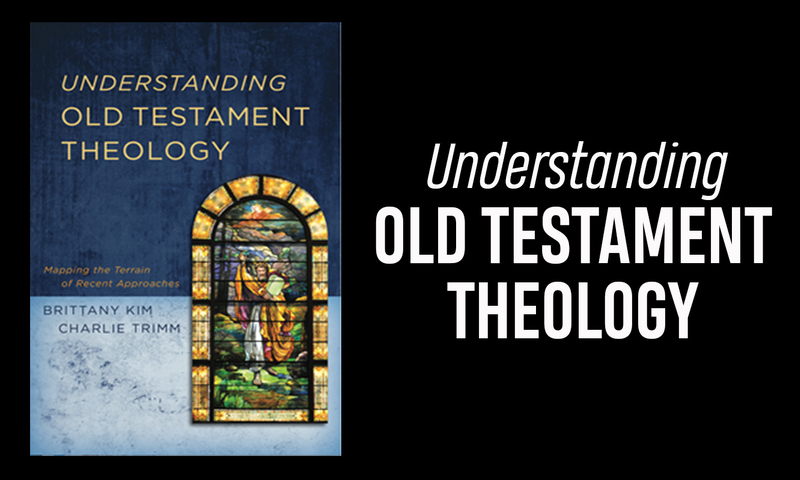I recently published the book Understanding Old Testament Theology: Mapping the Terrain of Recent Approaches (Zondervan, 2020). Unlike most books in the field of biblical studies, I had a co-author for the book, Brittany Kim, Ph.D. of North Park Theological Seminary. Instead of just summarizing the book in a few paragraphs, I decided to interview myself to make the overview more interesting.
Why did you write this book?
When I was in my Old Testament Ph.D. program, I read many different books called Old Testament Theology. Even though these books shared a title, they were often set up in completely different ways, employed diverse methods, and discussed unconnected topics. If books with the same title could be so different, how could one understand the field of Old Testament theology, let alone use it in a profitable way to understand the Old Testament? This book arises out of my desire for an up-to-date guide that helped introduce readers to Old Testament theology and see how valuable it could be for understanding the Old Testament.
What is the book about?
The book introduces readers to the topic by surveying seven different approaches to Old Testament theology:
- Old Testament Theology Grounded in Biblical (Hi)story
- Historical-Critical Old Testament Theology
- Multiplex Thematic Old Testament Theology
- Old Testament Theology Centered around a Central Theme
- Canonical Old Testament Theology
- Jewish Biblical Theology
- Postmodern Old Testament Theology
Each chapter has three sections. First, we provide the common features of each approach. For example, the scholars in the first chapter—Biblical (Hi)story—all (1) focus on retelling Old Testament history, (2) view the Old Testament as story, (3) see the entire Bible as one coherent story, and (4) believe that the Bible is the story that shapes us. Second, we survey the points of tension within each group: the areas where scholars in the same category differ in some way. In the first chapter the points of tension include (1) how to outline the story, (2) how to incorporate nonnarrative literature, and (3) the role of the New Testament in interpreting the Old Testament. Finally, we use Exodus as a test case to show how each approach could help us understand the Old Testament.
Who is the target audience for this book?
The book was written with students in mind and designed for use as a secondary textbook in a variety of classes about the Old Testament and biblical theology. It will also be useful for scholars as they seek to understand the ever-burgeoning field of Old Testament theology that continues to expand in diverse directions. But really, it is for anyone who has ever been confused by the Old Testament and wants to learn various approaches that will help them grasp the Old Testament as a whole.
I am interested in the field of Old Testament theology. Besides your book, what do you recommend that I read?
This is the question that we hope many of the readers of our book have! Here’s one of the final paragraphs from our book that addresses this. This paragraph also notes that we have an annotated bibliography about Old Testament theology that is freely available online.
We have offered brief snapshots of the views from the mountain peaks, but they are no substitute for the experience of sitting atop a mountain and savoring the breathtaking vistas yourself! But which path should you take? Many of you will be reading this book as part of a class, and your professor will have already chosen an Old Testament theology for you to explore. For those of you who have the choice, we suggest that you should first determine which approach most deeply resonates with you and then select one of the paths found in this book that leads to that peak. Our online annotated bibliography can also assist you in finding a suitable path. Once you have read a work in one category, then you may want to choose something from a different category (preferably one that feels foreign to you) to provide you with a different vantage point, offering a new set of vistas.
 Biola University
Biola University



.jpg)
.jpg)